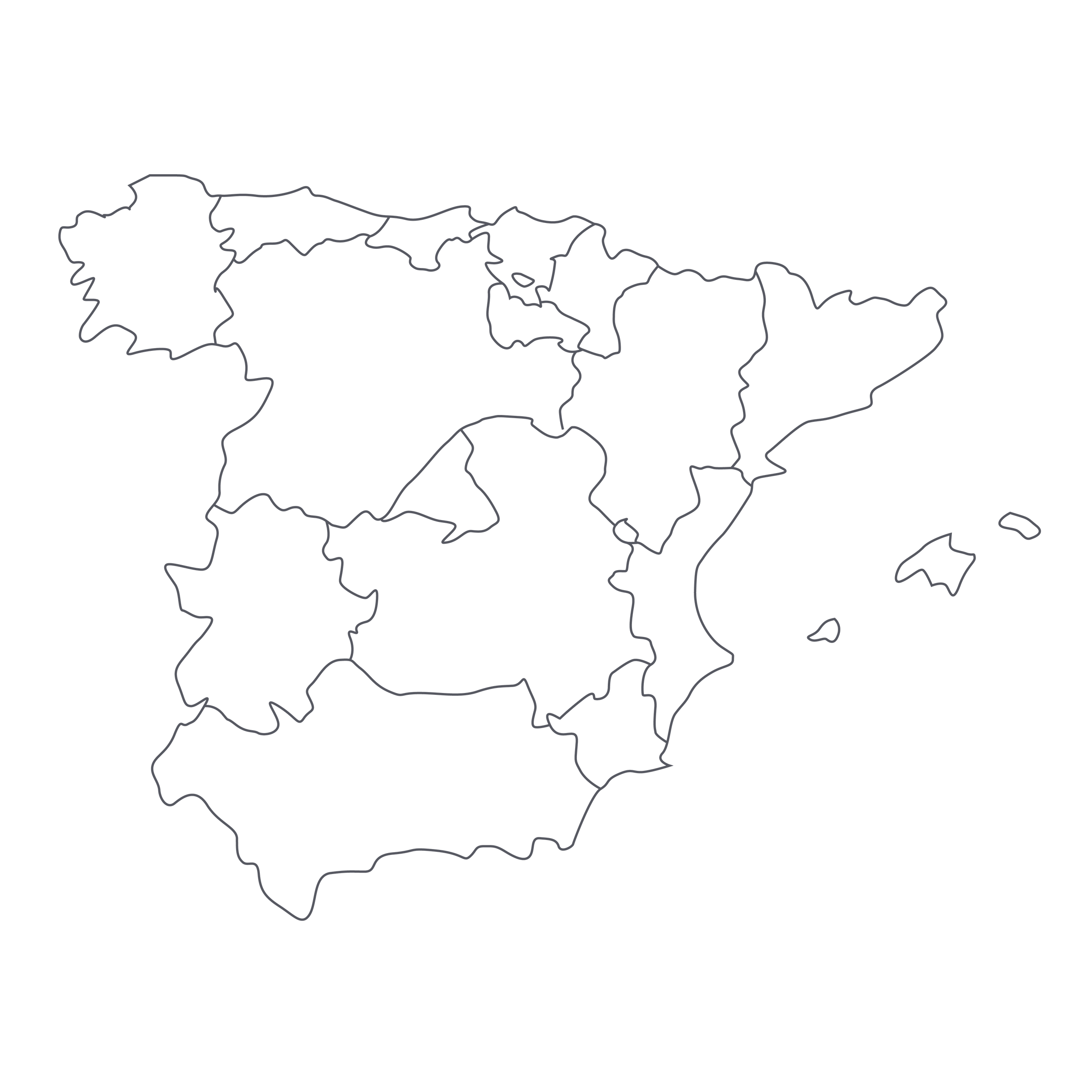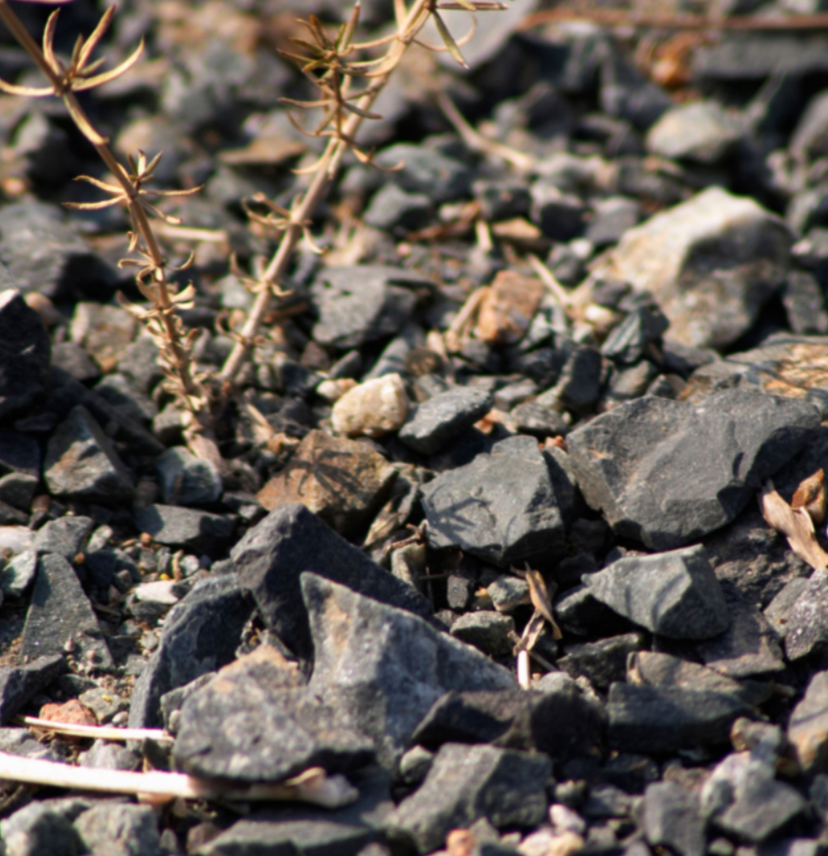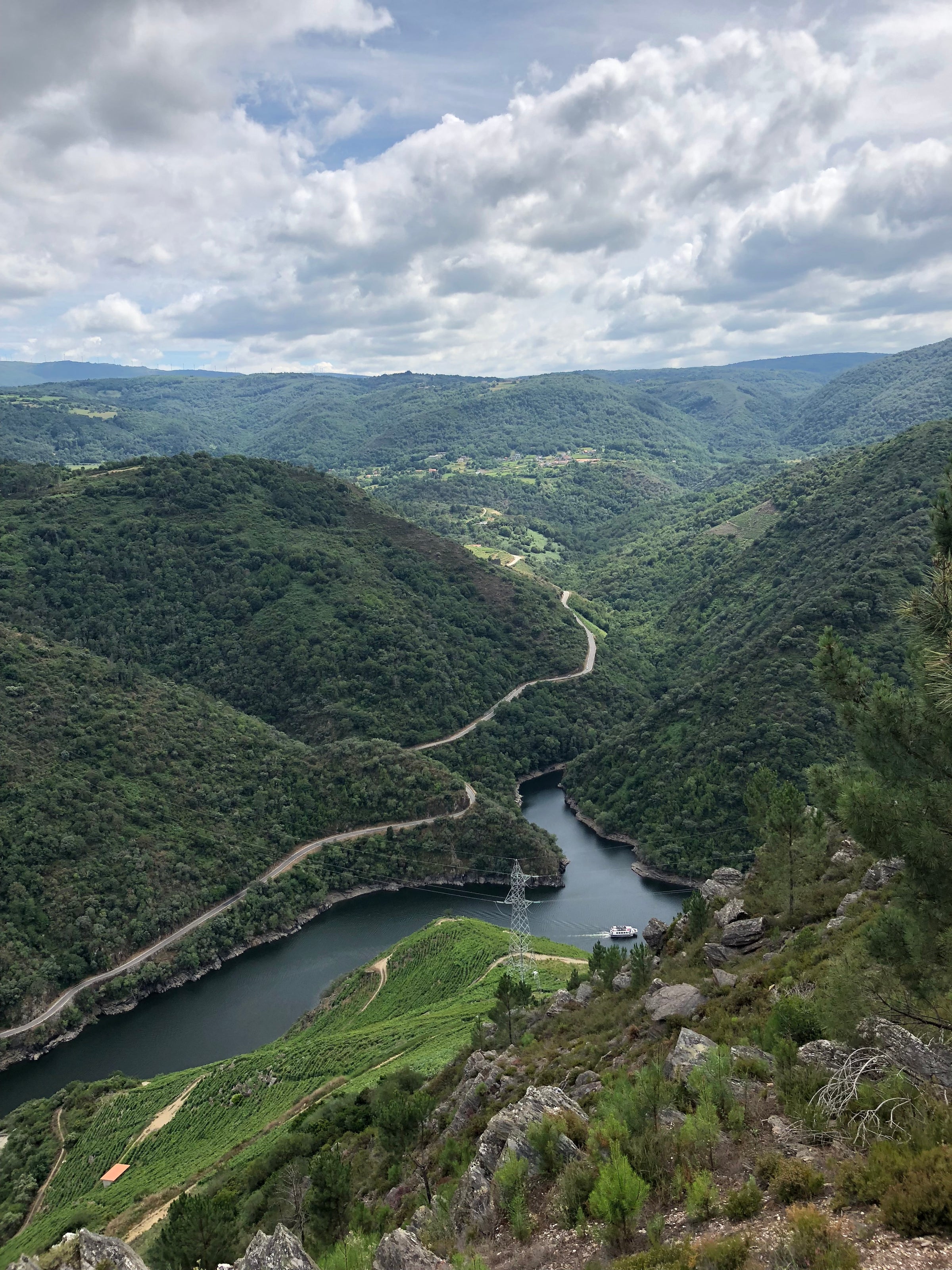Born in the United States, Emmanuel Kemiji grew up in Madrid and England. At UC Davis’ Viticulture and Enology program, he found his truly calling for wine, which had been bubbling under the surface since the first vertical tasting of Rioja he had with his Spanish, wine aficionado uncle. He passed the Master Sommelier exam in London on his first try, an incredible rarity, and was one of the early Americans to do so. His celebrated Miura Vineyards in California was founded in 1995 and in 2003, he returned to Spain to start Arrels in Montsant and Clos Pissarra in Priorat. Arrels is Catalan for, “roots of a vine, to settle, to put down roots,” and the name is beautifully symbolic for Emmanuel’s return to his Spanish roots and early love of the country’s wine. Along with his partners, chefs Gerald Hirigoyen (Piperade & Bocadillos), Laurent Manrique (Millesime & Café de la Presse) and Sylvain Portay (Alain Ducasse), Emmanuel Kemiji has crafted a wine that exemplifies the best of what Montsant has to offer at a price point we can all enjoy.
Known in Catalan as Garnatxa, this stunning Grenache derives from Montsant, which surrounds the more famous Priorat region in the shape of a horseshoe. Roughly 85 miles southwest of Barcelona, this stretch of northern Spain has become one of the most exciting wine regions in Europe. Only garnering DO status from the Spanish government in 2000, the appellation has more than doubled in its number of wineries and is demanding that the world takes notice. The windswept vineyards of Montsant, overlooking the Mediterranean in the far distance, have been coined as “poor man’s Priorat,” but this incredible expression more than belies that understated descriptor. Although Montsant shares the inimitable soft black slate “licorella” soils with Priorat, the composition also contains a sufficient percentage of clay, which results in a wine more approachable in its youth with a minerality that is wholly unique to the region. Yields in their six-acre vineyard are kept severely low, resulting in ample concentration and a true voice of terroir.
This wine displays a dark crimson core with hints of orange on the rim, indicating just a touch of age. The fruit-forward yet enchantingly perfumed nose offers aromas of slightly dried blackberry, cassis, and black plum laced with white pepper, crushed black rocks, a hint of black mushroom, anise, and nuanced exotic spices. Medium-plus in body, the palate delivers ample density and a sweetness of red and black fruits that unfolds to reveal wet herbs, delicate white pepper and a slight spiciness to the soil, concluding with a lingering finish of beautiful, exotic spices. In a blind tasting, this generous beauty could easily be confused for a pure Grenache from Châteauneuf-du-Pape. The northern pocket of Catalan, Spain produces a bounty of fruit that is dried each year then used in their inspired cuisine throughout the seasons. For a taste of Northern Spain, serve this wine alongside
Catalan Pork Shoulder with dried fruit and prepare yourself for pure gastronomic joy.





